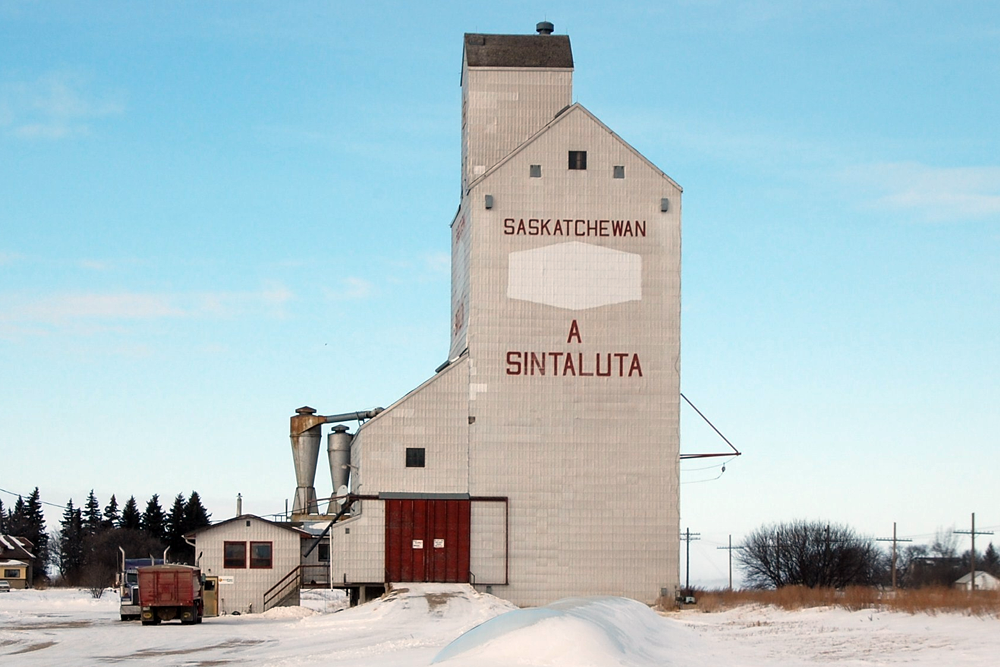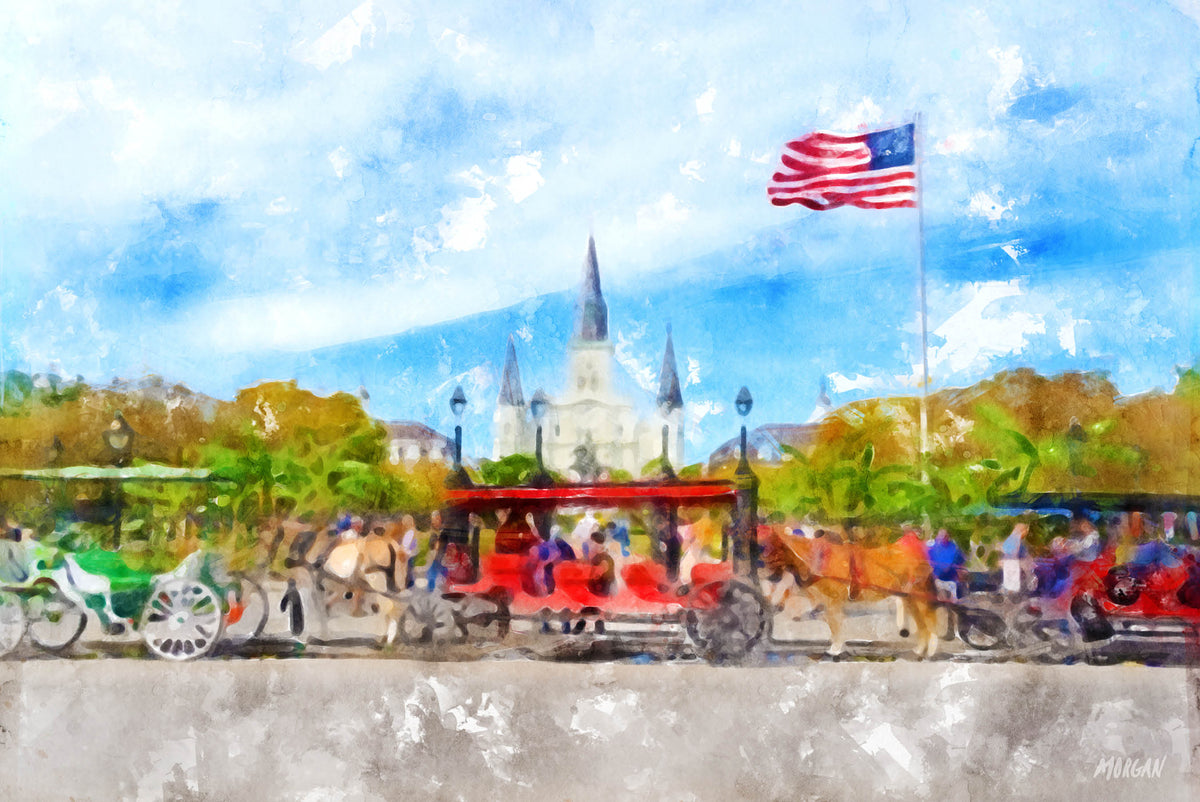
Endless miles of prairies and snow-covered plains throughout the Canadian countryside have sustained sweltering summers and icy winters that cut to the core. Post-war communities of the 1800s and early 1900s rebuilding, expanding, and settling into new territories after the War of 1812—which asserted Canada’s independence from the United States—could have easily perished amongst unforgiving conditions. But many Canadian settlers found the answer for survival in an element that seemingly brought the difficult environment to a forgiving state of equilibrium. The key for those in the Canadian prairie was grain.
As soon as the first seeds of grain sprouted, Canadian settlers found that the land was perfectly suited to production and export of the golden plant. The economy became not simply fueled by grain, but ignited by it. According to Gerald Friesen, author of The Canadian Prairies: A History, grain was "the keystone in the arch of Canada's national policy. Its production and sale made possible the construction of transcontinental railway systems, and the extension of political control across the continent to the Pacific. The economic potential it offered attracted settlement to the prairies, sustained the people who colonized the region, and led to the transformation of the cultural landscape.”
Grain’s heavy influence on the Canadian economy has since dwindled, but across the Saskatchewan, Manitoba, Alberta and the vast expanse of the entirety of Canada, there are few edifices more architecturally and symbolically significant than that of the grain elevator.
Grain elevators were first constructed in the 1880s and were often found dotting the edges of the Canadian-Pacific railway. They were an essential element to agriculture and trade and acted as a safe house to process and store the grain before it was exported overseas or to Eastern markets. Common grain elevators are approximately 24 meters high (some are much higher) and hold anywhere from 30,000 to 40,000 bushels of grain. The elevators would often be a towering, alien figure in a sleepy town of small domiciles and wheat farmers, discernable as a symbol of hope and prosperity across long distances.
Over time, these unusual structures and their sense of protection and aid to surrounding communities as well as the unique juxtaposition of the towering figures amongst the flatness of the prairie led them to be a steadfast symbol for not merely Canadian agriculture, but Canada as a whole. As new, larger designs holding nearly 100,000 bushels of grain asserted themselves in the 1950’s, grain’s influence firmly cemented itself in permanence—the Port Perry grain elevator, built in 1873, was the first grain elevator to be built in Canada and remains a major landmark to this day.
As the need for grain export began to decline, and other forms of trade surpassed the golden wheat, its influence on the well-being of Canada has never declined. As seen in this work, Fresh Snow, many of these ancient, historic figures are no longer operational, but their influence still remains steadfast; a bright, towering light of hope and prosperity amongst an endless expanse of the flat beautiful Canadian prairie.




